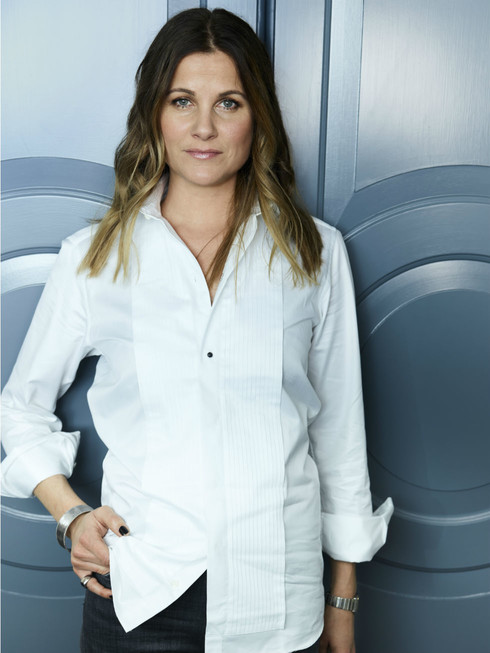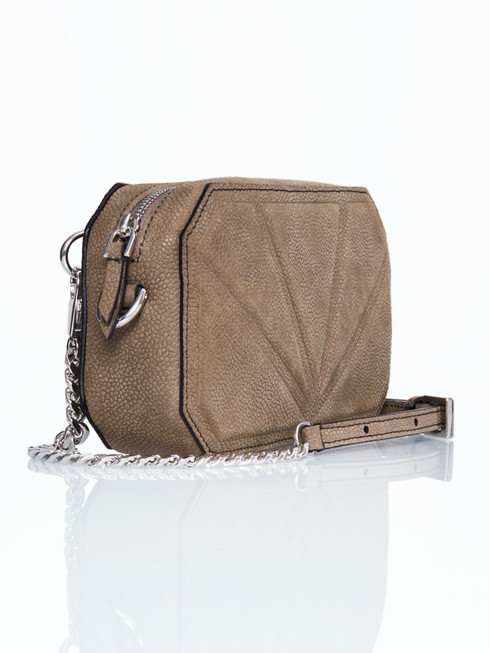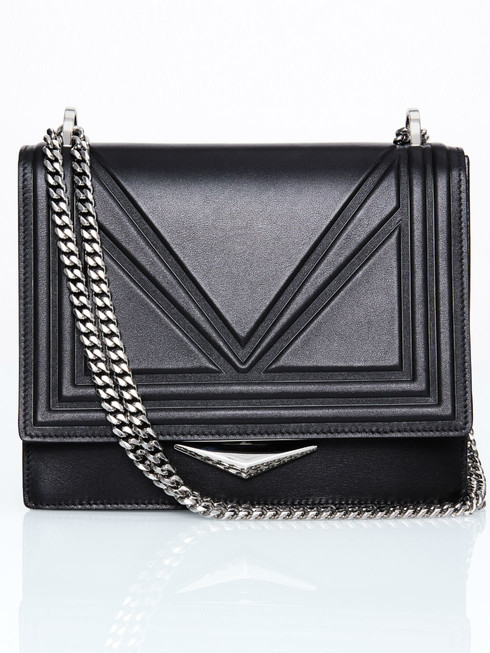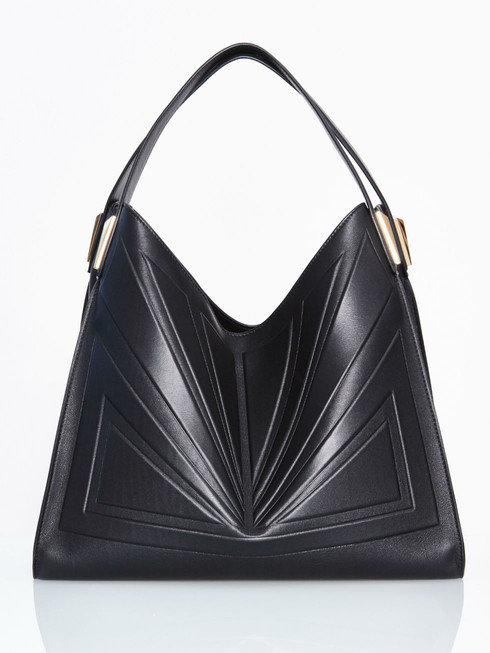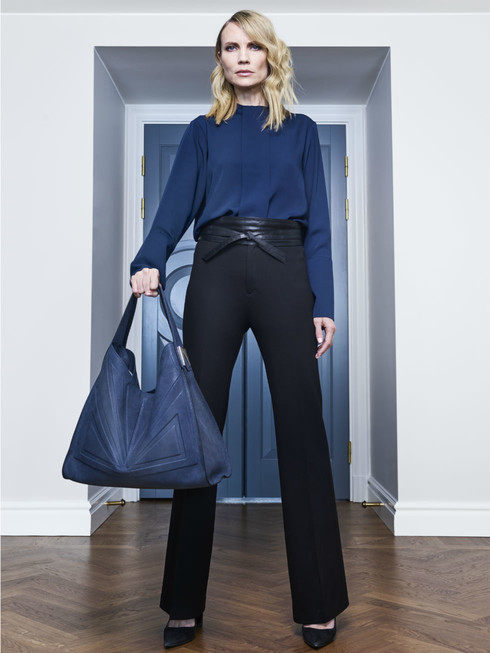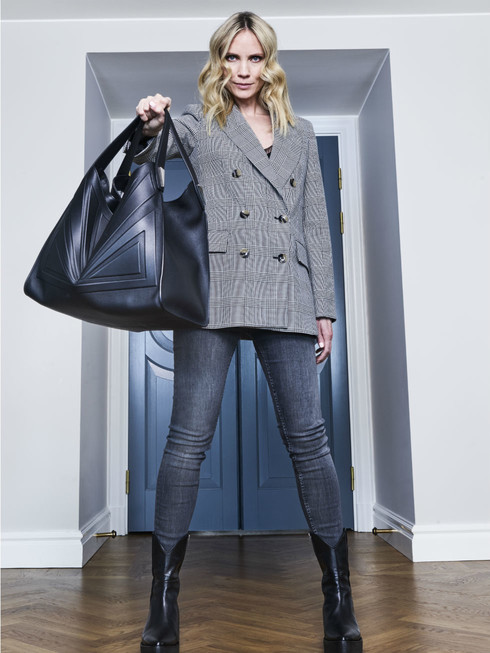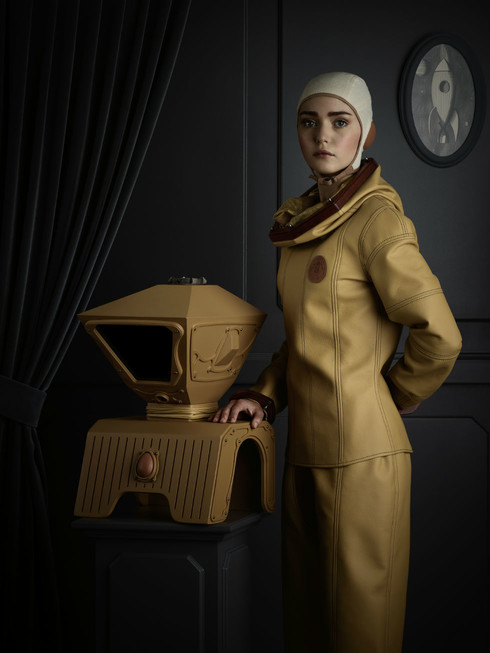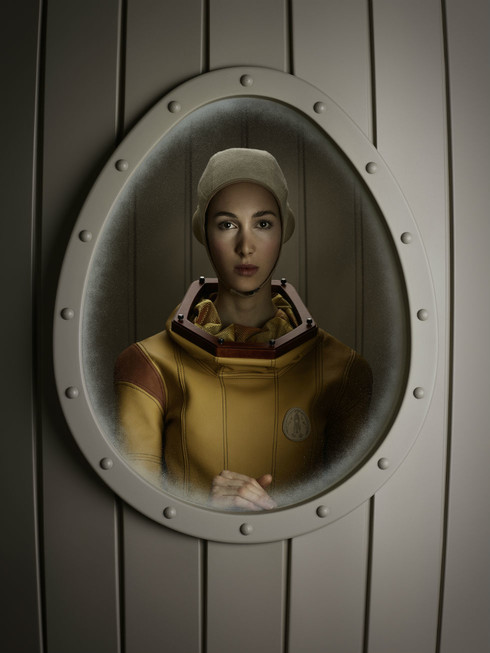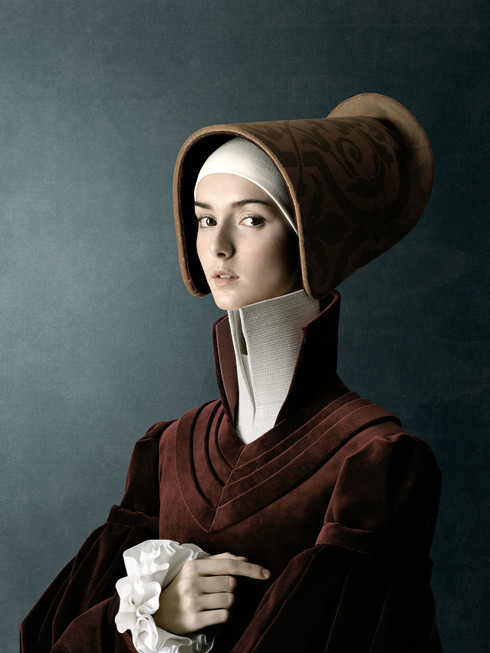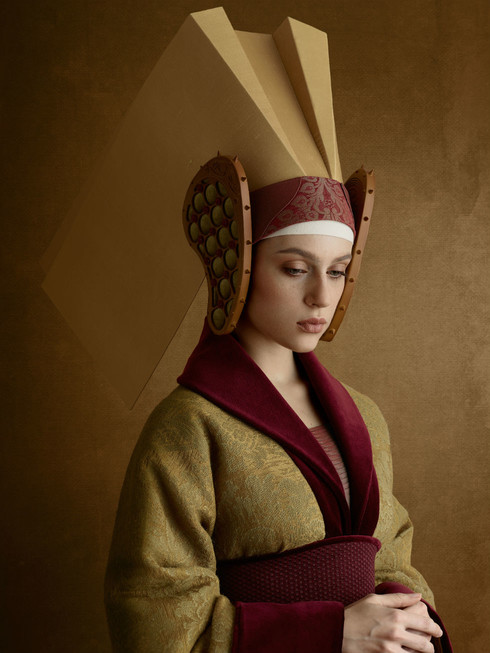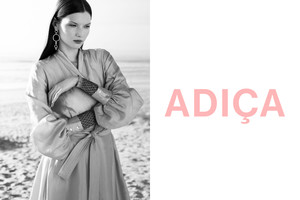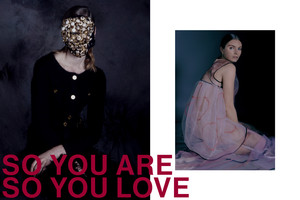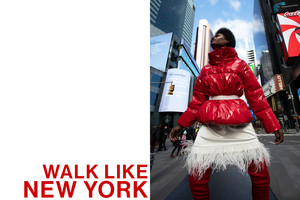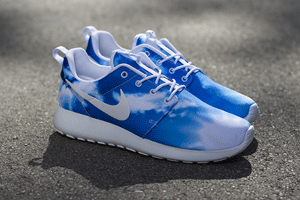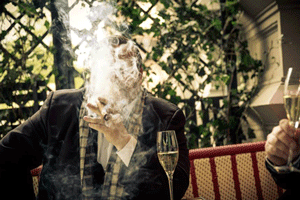VOGT Stockholm: AN INDEPENDENT VOICE OF STYLE
Written by Ksenia RundinArt Deco has since its birth embodied luxury, glamour, exuberance and belief in technological progress. So do the VOGT Stockholm handbags by building stringent architectural lines, skilfully married with the generous functionality and laconic pragmatism of Scandinavian design, underpinned by strong feminine identity. Bestowing a powerful association with the iconic geometry seen in Tamara de Lempicka’s paintings, the handbags, designed by the notable alumni of Parsons School of Design and founder of VOGT Stockholm Christina de Mercado, celebrate the modern woman. Every style is uniquely marked with either a year or a number, telling its own personal story referring to such phenomena as the history of women’s suffrage or the Vogt family’s remarkable fashion heritage.
The thought-provoking interplay of the futuristic transience and sustainable newness creates a genuine feeling of strong identity locked in the idea of a co-creation between a woman and her potential handbag. It is a design that conceives a dialogue between the consumer and the product leaving a significant amount of space for individual creativity born in their unique relationship. Notwithstanding its short existence, the brand has already established its own independent voice and candid style expressed in luxury sustainability of materials, shapes and colours endorsed by Italian craftsmanship. Odalisque Magazine had a chance to meet Christina de Mercado – the woman behind the brand – and talk with her about her family’s fashion business tradition, the company, sustainability and a perfect bag wardrobe.
Where does the name VOGT come from and what does it mean?
Vogt is my maiden name, which originally hails from Germany. My grandfather immigrated to Sweden from Germany. Since three generations back the Vogt family has been an actor in the fashion industry. Once, my grandfather started a fur import company, what later was expanded by my father into a ready-to-made clothing retail company, providing around 40 different brands to retailers over Scandinavia. The name of the company was ‘Vogt Agentur’. Hence, it was quite obvious for me to continue using the family name for my own business.
All the bags in your collections are marked with either a year or a number. Why and what do they mean?
These are numbers and years which are of great significance for me, such as, for example, the first bag we ever received. We used to call it ‘Lucky number 7’, what became ‘No. 7’ in the collection. Another shoulder bag with a metal chain strap carries the name ‘No. 1921’, what praises the year, when women’s suffrage was granted in Sweden. ‘No. 1928’ celebrates my father’s birthday, honouring his memory and the Vogt family in general. Thus this is how it all is organized instead of applying different names.
What did you learn during the years at Parsons School of Design?
I think that the most precious thing I have acquired is the knowledge of exploiting and maintaining your creativity without being confined by it. If you believe that you are able to accomplish something, you will definitely achieve it with the right attitude and method. What I still appreciate most is that during the study process, I never felt limited by any rules. Having a vision and solution for that, I was free to do it in my way.
What has been a source of inspiration for creating these bags with such an intelligent geometry and stringent architecture?
I have always been fascinated by Art Deco that is always about geometry, architecture and design. Therefore it became a self-evident source of inspiration for me, when I started working on the products. It turned to be a signature of my design.
What does the triangle pattern/shape mean?
Some people see those as triangles, while others interpret it as a sunrise. In other words, it is your imagination that decides whether you see triangles or something else. In general, I think the pattern gives the handbag a distinctive character and form.
What handbag is your favourite?
It is ‘No. 1928 HOBO’.
What do you think is the ideal size of the handbag a woman should have?
First of all, it is of course very individual. For me personally it is HOBO, because it fits such important life style attributes like extra pair of shoes, sportswear and my laptop. Nevertheless, I also have a sling purse, like ‘No. 7’, which I can use for a cocktail party or while leaving the office for lunch. This combination of two purses is my perfect solution.
How many handbags do you think a woman should have in her basic bag wardrobe?
I think, the optimal number is two pieces, as I described in the previous question. Otherwise, it could be nice to have a few purses as a stylish handbag and a pair of nice shoes can lift the whole outfit. Then you could only wear jeans and t-shirt letting the handbag and the shoes do the job. In general, I think it is good to invest in a quality product, also considering the sustainability aspect.
Great that you are mentioning sustainability, because I have a question about it. How is the sustainability aspect integrated into your products concerning both the design and production stages?
A handbag is an investment that should hold a few seasons or even years. Therefore it is important that a woman owning a handbag does not get thoroughly bored by the latter. Accordingly, the purse should stick out in some way by having a certain distinctive design features. When it comes to production, we use Italian suppliers, who use certified chemicals on their raw materials and have a high grade of social responsibility and safety at work. It is a fair trade.
What is the biggest challenge that you are dealing with as a female designer in the fashion industry?
The biggest challenge is the daily routines of running the business. Besides that I have been accepted by the industry in a quite nice way and especially in Italy. There it is not so easy for young designers to establish a relationship with suppliers and retailers having such big brands as Dolce & Gabbana on their customer list. It is a great confirmation form me, meaning that they take my products seriously and that my products live up to high expectations.
How do you keep your inspiration alive?
I do go to the museums a lot and I love architecture. It might be sufficient to just lift up your eyes and look around.


